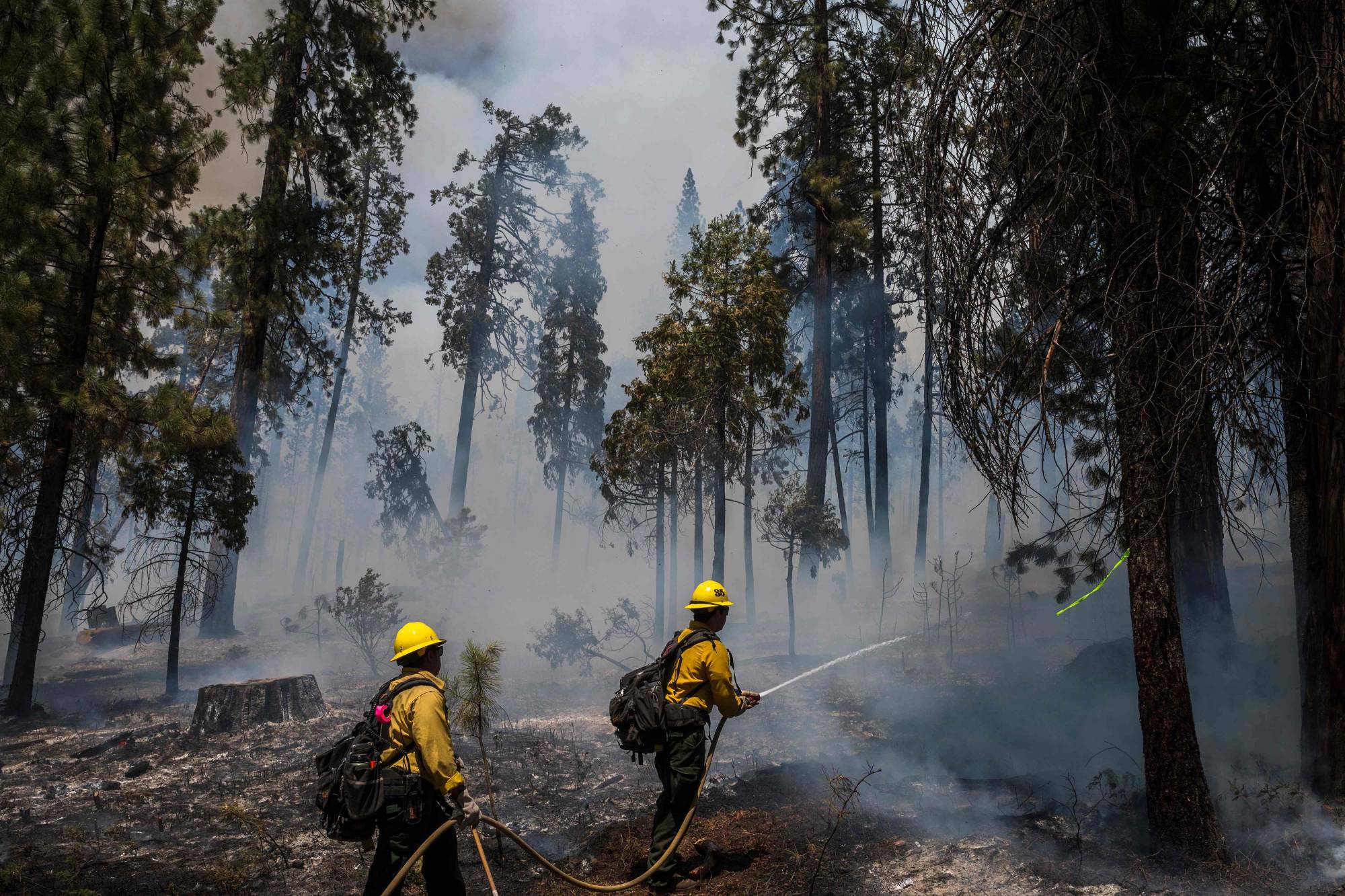No sooner had one fire in Yosemite been contained than a new one erupted in a different part of the park. This summer’s Western wildfires have brought attention to the risks that climate change brings to America’s national parks and the treasures they contain — like the giant sequoia trees, the largest trees on Earth. In the last two years, fires have consumed nearly 20% of them, according to the Forest Service.
The people who know these forests told me the best place to go to understand the fate of these trees is Kings Canyon, a national park a three-hour drive south of Yosemite. What has happened there is unprecedented in natural history. In Kings Canyon, hundreds of giant sequoias have burned to death — even though these trees were built to burn and survive and rely on fire to reproduce.
At the park’s visitor center, I met up with Tony Caprio, a fire ecologist who studies the longstanding relationship between fires and forests. The fire that caused the most trouble as it raged through the park was the KNP complex fire of 2021. A normal lightning strike became a freakish mega-fire, exacerbated human-generated climate change and our misguided attempts to control the natural cycles of fire.



















With your current subscription plan you can comment on stories. However, before writing your first comment, please create a display name in the Profile section of your subscriber account page.